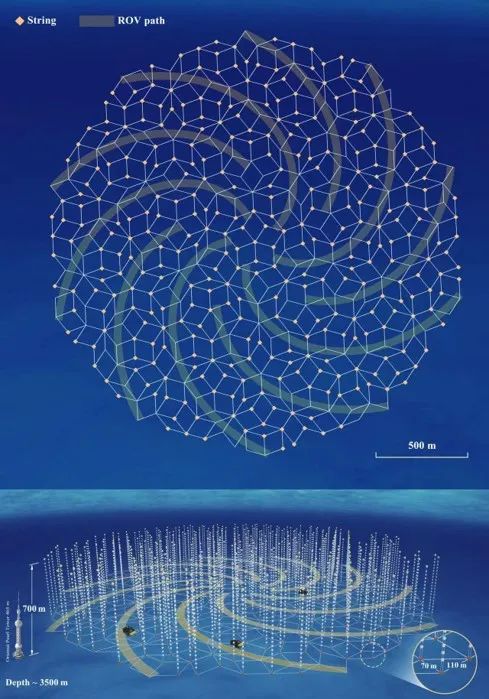China is to deploy its first neutrino telescope in the western Pacific Ocean, to decipher the origin of ultra-high-energy cosmic rays.
The relative blueprint was released by the Shanghai Jiao Tong University (SJTU), who led the research, at a press conference on Tuesday.
Carrying out the first expedition in the South China Sea in 2021, the team found a favorable site for the neutrino telescope, which is dubbed TRopIcal DEep-sea Neutrino Telescope (TRIDENT).
By utilising two measurement systems, a photomultiplier tube system and a camera system, the team collected about 1 TB data at a depth of 3,500 meters and measured multiple parameters of the deep-sea water.
The relative study was published in the journal Nature Astronomy on 09 October.
Neutrinos can escape from extremely dense environments, travelling astronomical distances without being deflected or absorbed, making them unique messengers to trace the most extreme regions of the universe, said SJTU.
According to Xu Donglian, chief scientist of the project, the telescope will use Earth as a shield and receive neutrinos penetrating from the opposite side of the Earth.
Due to the Earth’s rotation and its position, near the equator, the telescope can detect and observe neutrinos from different directions, complementing the IceCube Neutrino Observatory in the South Pole and other neutrino telescopes in the Northern Hemisphere, Xu added.
The telescope will be composed of 1,200 telescopes in series and 24,000 digital optical modules, covering an area of about 12 square kilometers.
It is expected to be completed in 2026 to carry out searches for celestial sources inside and outside the Milky Way and complete its technical verification.
It will be the world’s first near-equator small neutrino telescope then and the most advanced neutrino telescope in the world by around 2030, according to the SJTU.
The first phase of the project commenced in 2022, with a plan to build 10 telescopes on the selected site.
SOURCE: CGTN/PACNEWS














